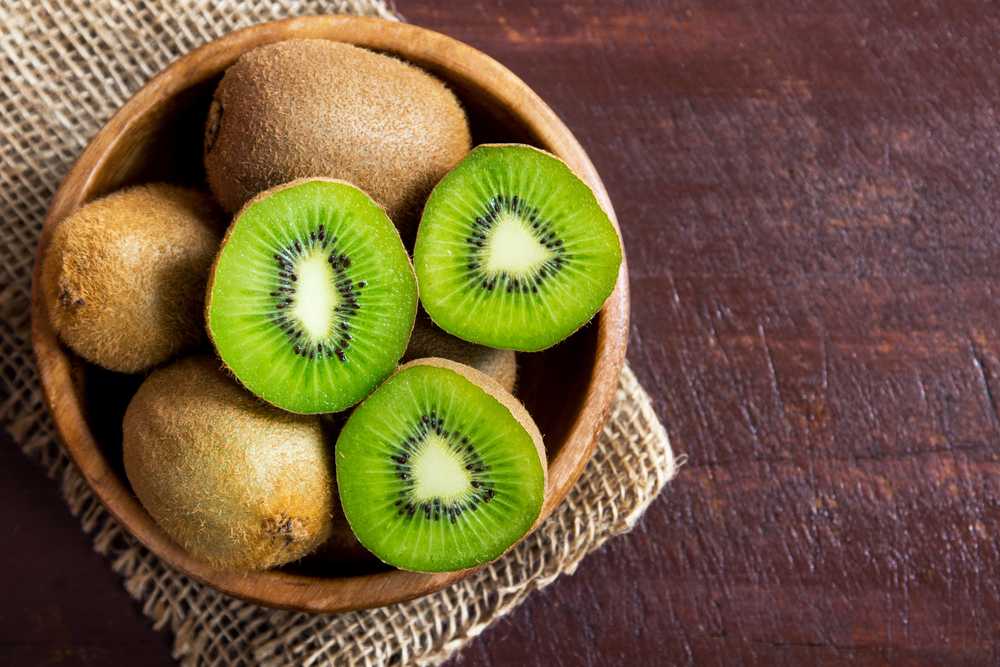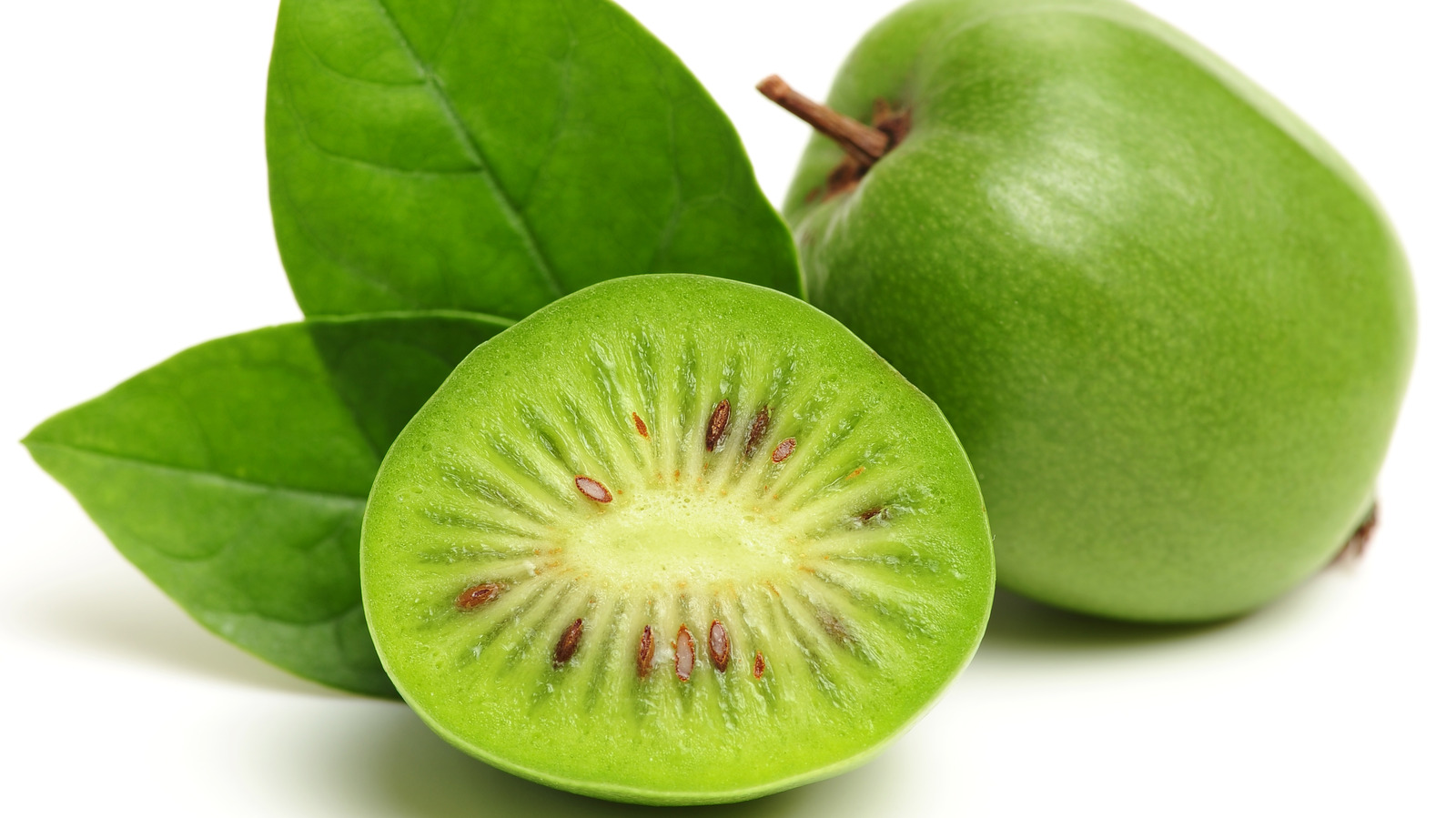A Deep Study Kiwi Farming: Introducing the Strategies, Obstacles, and Possible for Lasting Farming
Are you curious about the keys behind effective kiwi farming? Look no more! In this post, we will certainly take you on a deep dive into the techniques, difficulties, and possibility for sustainable farming worldwide of kiwis. Discover the optimal growing problems, advanced farming methods, and the lasting practices that can open the full possibility of kiwi farming. Get prepared to reveal the covert understanding that will reinvent your kiwi growing endeavors.
Optimal Expanding Conditions for Kiwi Plant Kingdoms

Cutting-Edge Farming Techniques
General practitioner technology enables for exact mapping and monitoring of the kiwi vines, optimizing irrigation and fertilization techniques to ensure that each plant receives the required nutrients and water. One more sophisticated method is upright farming, which entails expanding kiwi plants in piled layers making use of fabricated lights and climate-controlled settings. By embracing these cutting-edge techniques, kiwi farmers can achieve greater productivity, optimize resource utilization, and contribute to lasting farming techniques.
Obstacles Encountered by Kiwi Farmers
Dealing with numerous difficulties, kiwi farmers must browse through different obstacles to make sure successful growing and lasting farming methods. Kiwi plants call for a particular environment to flourish, with trendy wintertimes and cozy summertimes.
One more substantial challenge for kiwi farmers is illness and bugs. Kiwi creeping plants are vulnerable to a variety of pests, including termites, aphids, and thrips, which can harm the leaves and fruit. Furthermore, conditions like Psa (Pseudomonas syringae pv. actinidiae) and botrytis can significantly influence kiwi production. Farmers need to use integrated insect monitoring practices, such as regular tracking, organic control approaches, and proper sanitation, to manage and prevent bug and condition episodes.
Furthermore, kiwi farmers face labor and labor price concerns. Kiwi farming calls for labor-intensive tasks, such as trimming, trellising, and harvesting. Nonetheless, discovering proficient workers that are educated concerning kiwi farming strategies can be challenging. Labor costs can be high, specifically throughout peak seasons. Farmers need to purchase training programs, automation, and effective labor administration strategies to maximize performance and minimize labor expenses.
Lasting Farming Practices for Kiwi Cultivation

To guarantee lasting kiwi growing, you can apply a range of practices that promote environmental stewardship and long-term practicality of your farm. One essential method is the usage of natural plant foods and parasite monitoring strategies. By avoiding synthetic chemicals and instead going with natural alternatives, you can minimize the negative influence on dirt wellness and biodiversity. In addition, it is critical to exercise liable water administration. Kiwi plants need a considerable amount of water, but excessive watering can bring about water waste and dirt erosion. Executing efficient watering systems, such as drip watering or precision sprinklers, can aid preserve water and enhance its usage. Another lasting farming technique is using cover crops. These plants not just help prevent dirt erosion but additionally enhance soil fertility by including natural matter and fixing nitrogen. Implementing incorporated insect administration strategies can significantly decrease the need for chemical pesticides. By motivating natural killers, using scent traps, and exercising plant rotation, you can efficiently regulate insects while minimizing environmental injury. Adopting lasting power practices, such as using solar power or investing in energy-efficient technologies, can reduce your ranch's carbon impact and add to a more sustainable kiwi farming system.
Unlocking the Prospective of Kiwi Farming
By applying lasting farming practices, you can unlock the full capacity of kiwi farming while decreasing environmental effect. Kiwi farming has tremendous possibility for growth and earnings, but it likewise features its very own collection of challenges. To fully unlock this potential, it is crucial to adopt sustainable methods that not just optimize return and quality however additionally make certain lasting stability.
One key facet of opening the possibility of kiwi farming is maximizing irrigation techniques - what do kiwis taste like. Kiwi plants call for a certain quantity of water to prosper, and by making use of efficient watering systems such as drip watering or precision sprinklers, read the article you can minimize water wastefulness and lower the danger of waterlogging or soil erosion
An additional crucial aspect is soil health monitoring. Fertile and healthy and balanced soil is important for the growth and growth of kiwi plants. By executing practices such as cover chopping, crop rotation, and natural fertilization, you can improve dirt structure, boost vitamins and mineral availability, and reduce the demand for chemical inputs.
Additionally, integrated bug administration (IPM) techniques are critical in unlocking the potential of kiwi farming. By embracing IPM strategies such as organic insect control, scent traps, and plant monitoring, you can properly handle parasites and illness while decreasing the use of chemical pesticides.
Verdict
Finally, kiwi cultivation holds excellent potential for lasting try this web-site farming practices. By carrying out cutting-edge methods and overcoming the difficulties encountered by farmers, we can unlock the complete possibility of this fruit (what do kiwis taste like). With optimal expanding problems and a focus on sustainable techniques, kiwi farming can thrive go while lessening ecological impact. So, get hold of a kiwi and sustain the future of sustainable agriculture!
Discover the optimal growing conditions, innovative growing methods, and the lasting methods that can open the complete potential of kiwi farming. By embracing these advanced methods, kiwi farmers can accomplish better productivity, optimize resource usage, and add to lasting farming methods.
Encountering countless challenges, kiwi farmers must navigate through various obstacles to ensure successful growing and lasting farming methods.By executing sustainable farming practices, you can unlock the full possibility of kiwi farming while decreasing ecological influence.In verdict, kiwi growing holds excellent prospective for sustainable farming practices.